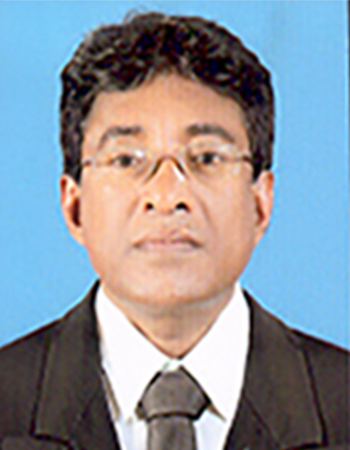Overview
Geodesy deals with the precise size, shape and gravitational field of the earth. The actual physical surface of the earth is very irregular.
A more uniform surface is the geoid which is the equipotential surface which coincides with mean sea level (MSL). This too is irregular in
shape in the sense that it cannot be represented by a finite mathematical formula, due to variations of gravity. In dealing with precise
dimensions and the shape of the earth it is necessary to adopt a reference surface on which mathematical computations can be carried out and
variations of the geoid from this reference surface could be indicated by elevations and depressions, termed Geoidal undulations above and
below the reference surface.
The mathematical surface which best fits the geoid is an ellipsoid of rotation. The dimensions of the ellipsoid vary according to the one
selected by each country and for Sri Lanka the dimensions of the semi-major and minor axes are 6377276.345 meters and 6356075.413 meters
respectively which is the Everest 1830 of the Earth used in the Survey of India.
Observations of angles and distances for surveying are carried out on the earth's physical surface. They have first to be reduced to the
ellipsoid before computations commence. Computations are done using the dimensions of the ellipsoid adopted and appropriate formula.
The first control network or principal triangulation of Sri Lanka was carried on Everest 1830.
The principal triangulation of Ceylon began in 1857 with the measurement of the Negombo (Kandawala to Halgastota) baseline.
The triangulation observations were made on pillars at Kandawala and Halgastota (See photographs below, at present known as
Landesi Kuluna) with 8-inch and 13-inch vernier theodolites, and were completed in 1885. This triangulation was subsequently
connected to the Indian Triangulation in 1887 by a long, narrow triangulation chain running roughly through Batticaloa, Trincomalee,
Manar and Delft. The Ceylon network was recomputed with some additional observations in 1890 due to inconsistencies occurring mainly
in the minor triangulation station.




